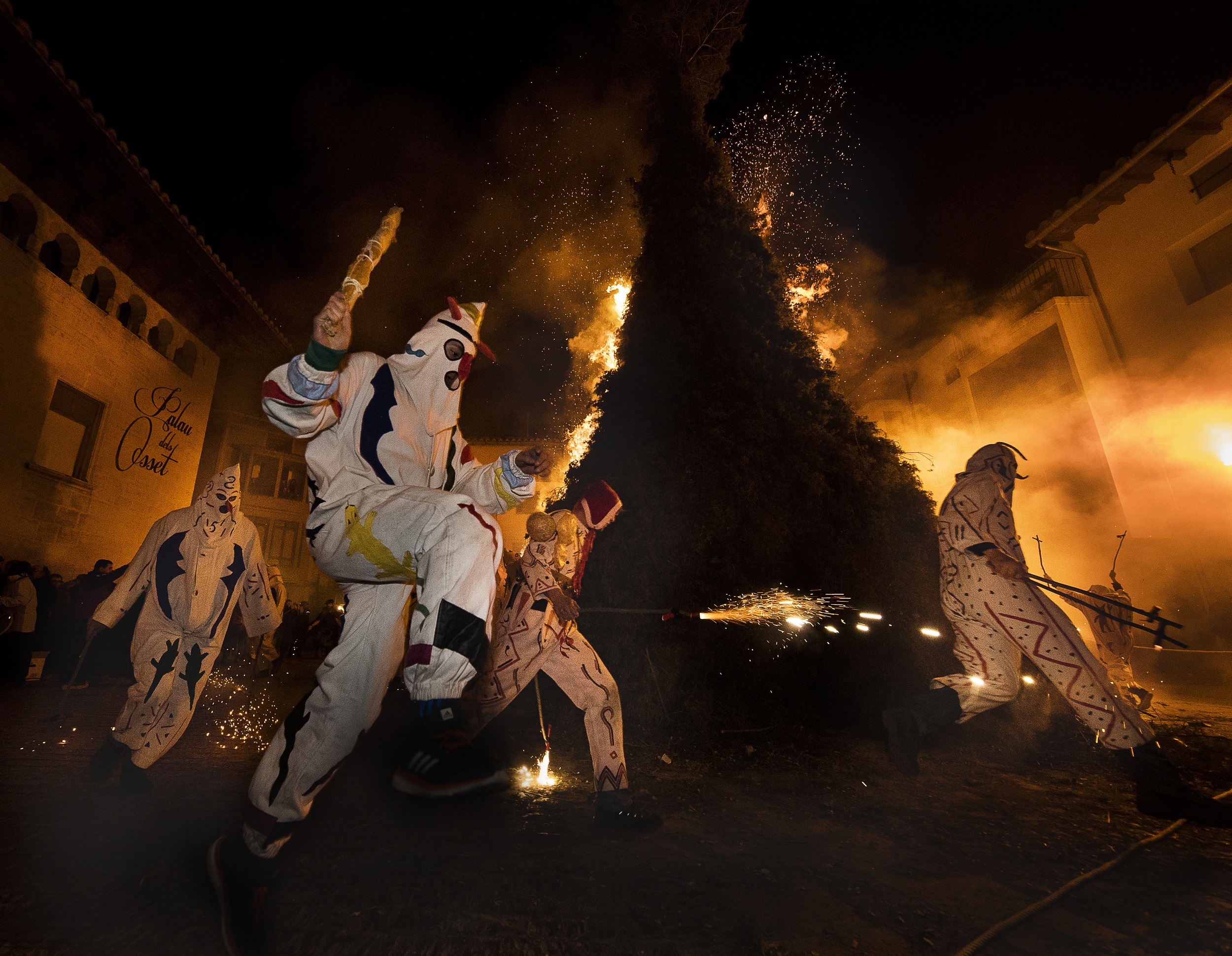Juan García Esparza, Universitat Jaume I, Spain – WG2
The end of winter is the moment when some Mediterranean cultures celebrate life. A new beginning symbolised by burning the old things that one wants to get rid of. It is also time for mourning and celebration through Easter processions and other minor pilgrimages that take place in many cities and villages in Spain.
These celebrations involve a large number of sensory factors linked to the representation of living manifestations that contribute to the conservation of spatial frameworks in urban scenarios. Places are conceived as symbolic locations associated with individual and collective identities. The social value of the urban realm each spring relies on manifestations that use these frameworks anchored in the collective memory. These are considered responsible for cultural productions and the shared symbolism of places. In this regard, Previous forms of the social value this year lost used to ‘enlighten’ the scene of an urban landscape that in turn, was dynamically transforming because of the requirements of the social act.
The social act is now happening indoors, distantly but connected. It has nothing to do with previous forms of open and collective festivity. The celebration is more intimate now, nonetheless organised and choreographed live streaming. Balconies and loud-speaker systems inform a new open and collective scenography where forms of celebration and spontaneous acts, such as prayers, are participated by entire neighbourhoods and villages. It is a new form of place and meanings’ re-enactment. These intangible acts are formulas of idiosyncratic response, dynamic and authentic, to commons celebration in this unusual situation of social distancing.

The Santantonada celebration uses to take place in the central square of a historical urban setting by the Mediterranean coast. Each year, the baptism of animals is celebrated by burning a vast pile of bushes by the end of winter. Photo: Chair of Historical Centres and Cultural Routes, Valencia. Spain. Coord. Juan A. García-Esparza. Diputación de Castellón, 2018.